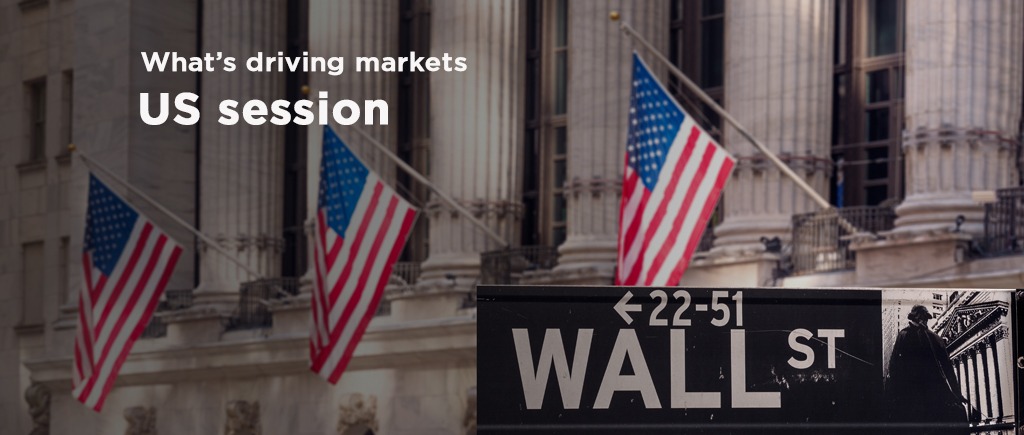Traders, investors and economists are eying the upcoming signals by the US Federal Reserve Bank’s policy meeting that began on Tuesday. Anticipations have been dominating all over financial markets throughout Tuesday’s North American session, with the meeting ending on the second and final day, Wednesday.
The meeting comes amid expectations that the Fed could include phrases indicating the start of discussions on accelerating the pace of tapering Fed’s asset purchases programme, or that Jerome Powell, the Fed Chairman, could include such language in his statements to the press conference after the announcement of the Fed’s decisions.
It was this state of anticipation that pushed the US stocks and most of the risk assets lower; benefiting the US dollar, which continued to surge, supported by expectations of an acceleration of the pace of taper.
Economic Data
The US producer prices showed record highs last November, adding to fears of escalating inflationary pressures in the US.
Producer prices in the United States rose by 0.8% last November, compared to the previous reading of 0.6%, which was higher than market expectations, which indicated 0.5%.
On a Y-T-Y basis, US producer prices rose by 9.6% in November, compared to 8.8% in the same month last year, which also exceeded market expectations, which indicated a less sharp rise of 9.2%.
Other Developments
The Senate passed legislation Tuesday to raise the nation’s debt limit by $2.5 trillion, one of the final steps Congress needs to take to stave off default and the economic peril that would come if the U.S. were unable to pay its bills.
The bill, approved in a 50-49 vote, now heads to the House of Representatives for final passage before it can head to President Joe Biden’s desk for a signature.
Senate Majority Leader Chuck Schumer, D-N.Y., said Tuesday the increase is enough to last into 2023, which would allow Congress to avoid any more fights over the debt ceiling until after the 2022 midterm elections.
Treasury Secretary Janet Yellen told lawmakers she estimated the United States would reach its debt ceiling by Wednesday.
European shares closed lower on Tuesday’s trading, impacted by resurfacing fears of the new coronavirus variant; Omicron.
The negative news has made headlines since early morning trading Tuesday, with some 20 manufacturing centers closed in China’s Zhigang state due to the spread of the virus.
Health authorities in the UK have also announced that there are 200,000 cases per day. New South Wales, Australia’s largest state, announced its infection rate to reach its highest level in two months.
Also Read:
Senate Passes Bill Raising Debt Ceiling By USD 2.5 Trillion, To Last Into 2023
Senate Voting On US Debt Ceiling
The US Dollar Surges, Eying Fed’s Decisions
Gold Price Better But Eying Fed’s Decisions
Opposition Asks Court to Review New German Budget Move
European Shares Close Lower Over Omicron Fears
Democrats Set Debt Limit Increase At USD 2.5 Trillion Ahead Senate Vote
S&P 500 drops As Traders Focus on Fed
WTI Surges Above Key Support Level
 Noor Trends News, Technical Analysis, Educational Tools and Recommendations
Noor Trends News, Technical Analysis, Educational Tools and Recommendations





